The Pink Salmon, also known as the Humpback Salmon, is a member of the Salmonidae family. Its closest relatives include trout, dog salmon, coho salmon, masu salmon, sockeye salmon, chinook salmon, and more. You can find this species in cold regions of the Northern Hemisphere. Read on to learn about the Pink Salmon.
Description of the Pink Salmon
The appearance of this fish changes based on the season. During the breeding season, their scales have a gray coloration and their underbelly is pinkish-white. Outside of the breeding season they have iridescent silver scales.
The average adult weighs about 5 lbs. or so. However, large individuals can reach 15 lbs. and up to 30 in. in length.
Interesting Facts About the Pink Salmon
These cold-water fish have a number of interesting traits and adaptations. Learn more about what makes them unique, below.
- Interesting Nickname – People often refer to this species as the “Humpback” Salmon. In fact, the species name gorbuscha means “humpie” in Russian.
- Breeding Season – The name comes from the appearance of the male during spawning. As the breeding season approaches, males grow large, humped backs. Both sexes also change color at spawning.
- Anadromous – Like many other salmon, this species has anadromous behavior. This means that the young and juveniles live in freshwater, while the adults live in the ocean. When it comes time to spawn, the adults return to freshwater to breed.
- Commercial Value – People harvest millions of Pink Salmon They primarily catch them in Russia and Alaska. A small percentage of fish come from fish farms. People also use the fish eggs as caviar.
Habitat of the Pink Salmon
These fish prefer cold habitats, and cannot survive in waters with higher temperatures. Their habitat changes based on their age. Newly hatched fry and juvenile fish live in freshwater streams, creeks, and rivers. As they grow, they make their way to the ocean. Adult fish spend their lives in the ocean, and return to freshwater to spawn.
Distribution of the Pink Salmon
You can find these fish across large regions of the Arctic Circle. They live in the coast regions of the Arctic Ocean and northern Pacific Ocean. Their range extends from Northern California to Alaska, Russia, and Japan. People have also introduced this species to Europe and the Great Lakes.
Diet of the Pink Salmon
This species is carnivorous, which means that it feeds on other animals. Invertebrates make up the majority of its prey. Juveniles eat plankton, insect larvae, fish eggs, and other tiny invertebrates.
Adults also feed on plankton, shrimp, small fish, squid, and more. Once adults return to freshwater habitats to spawn, they stop feeding.
Pink Salmon and Human Interaction
Humans fish for this species commercially. Additionally, human activity impacts this fish in a number of different ways. Habitat change and destruction keeps fish from reaching their spawning grounds. Climate change and pollution also impact the ability for this fish to reproduce and the young to survive.
The impacts of these threats vary from region to region. The IUCN has not assessed the species as a whole.
Domestication
Humans have not domesticated these fish in any way.
Does the Pink Salmon Make a Good Pet
No, these salmon do not make good pets. They migrate from freshwater to saltwater and back again, which makes it difficult to house them. Additionally, their lifespan is just two years.
Pink Salmon Care
People do not house these fish in aquariums. Naturally, this fish lives the first few months of its life in freshwater before migrating to the ocean. This makes keeping the species quite difficult in human care.
Behavior of the Pink Salmon
When they hatch, the young fry swim downstream into estuary habitats to feed and grow. Once they are large enough, they migrate into the ocean and feed to increase their fat stores.
These fish remain in coastal regions and hunt for food frequently. Once they reach sexual maturity at two years old, they return to freshwater habitats to spawn.
Reproduction of the Pink Salmon
The female digs a small hole in the gravel with her tail. She lays between 1,000 and 2,000 eggs per clutch, with larger females producing more eggs. After the eggs have been laid, the male fertilizes them. Mom then buries the eggs with gravel to protect them from predators.
A few days after breeding, the adult salmon will die, though the female will guard her nest until she perishes. The nutrients from the decaying fish help nourish the newly hatched fry.

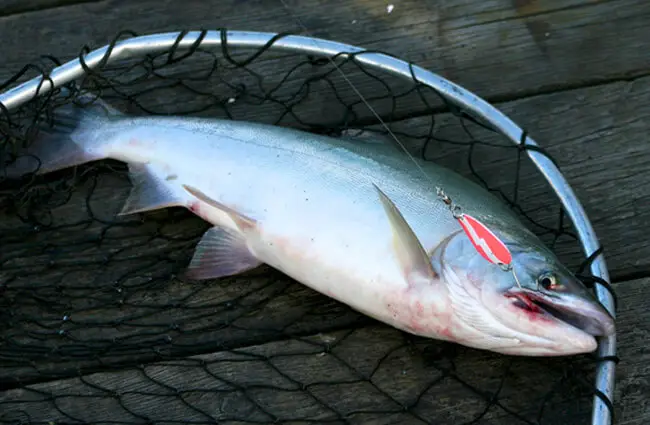

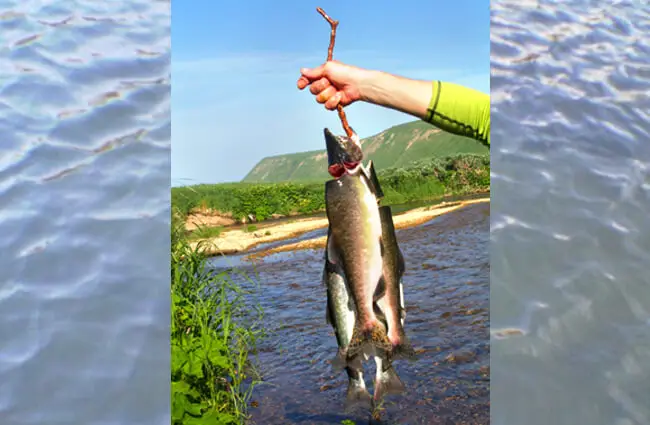
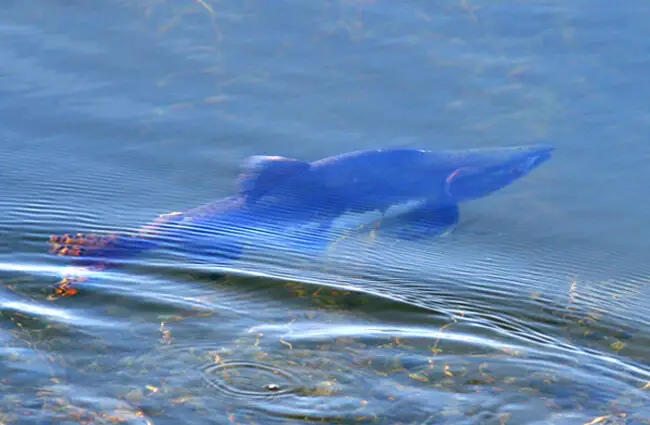


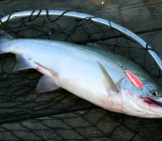

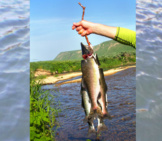

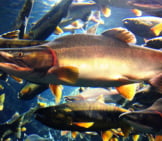

![Red Angus Closeup of a beautiful Red Angus cowPhoto by: U.S. Department of Agriculture [pubic domain]https://creativecommons.org/licenses/by/2.0/](https://animals.net/wp-content/uploads/2020/03/Red-Angus-4-238x178.jpg)












![Red Angus Closeup of a beautiful Red Angus cowPhoto by: U.S. Department of Agriculture [pubic domain]https://creativecommons.org/licenses/by/2.0/](https://animals.net/wp-content/uploads/2020/03/Red-Angus-4-100x75.jpg)

